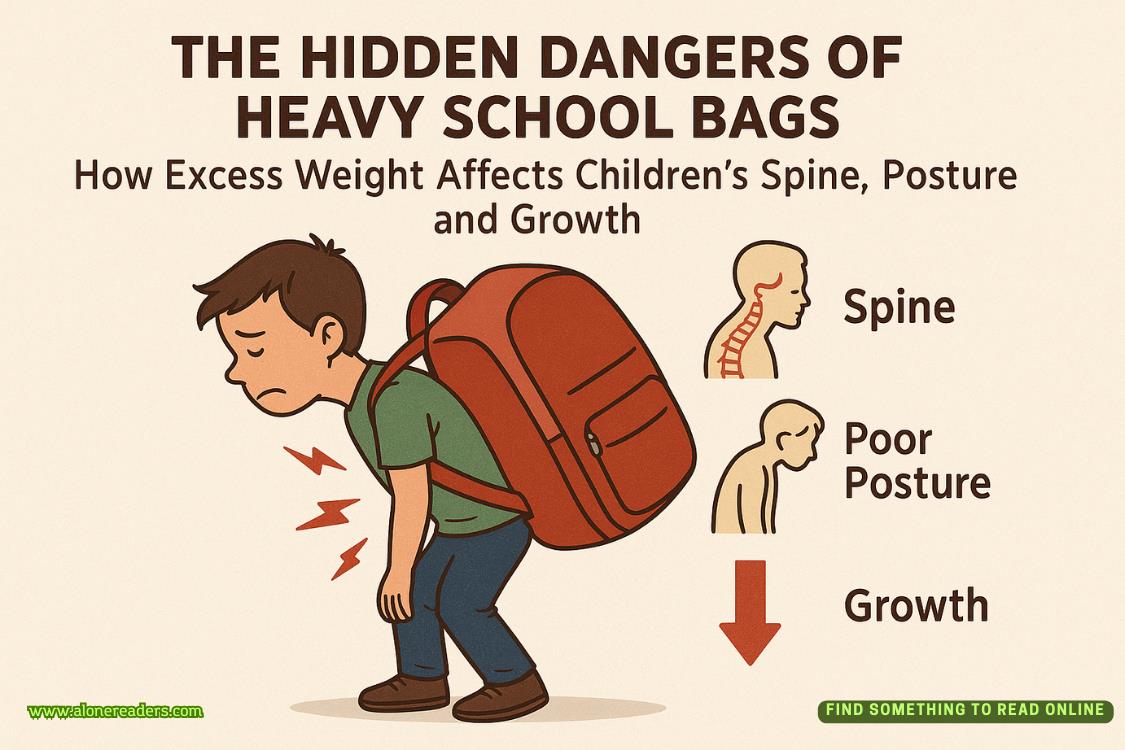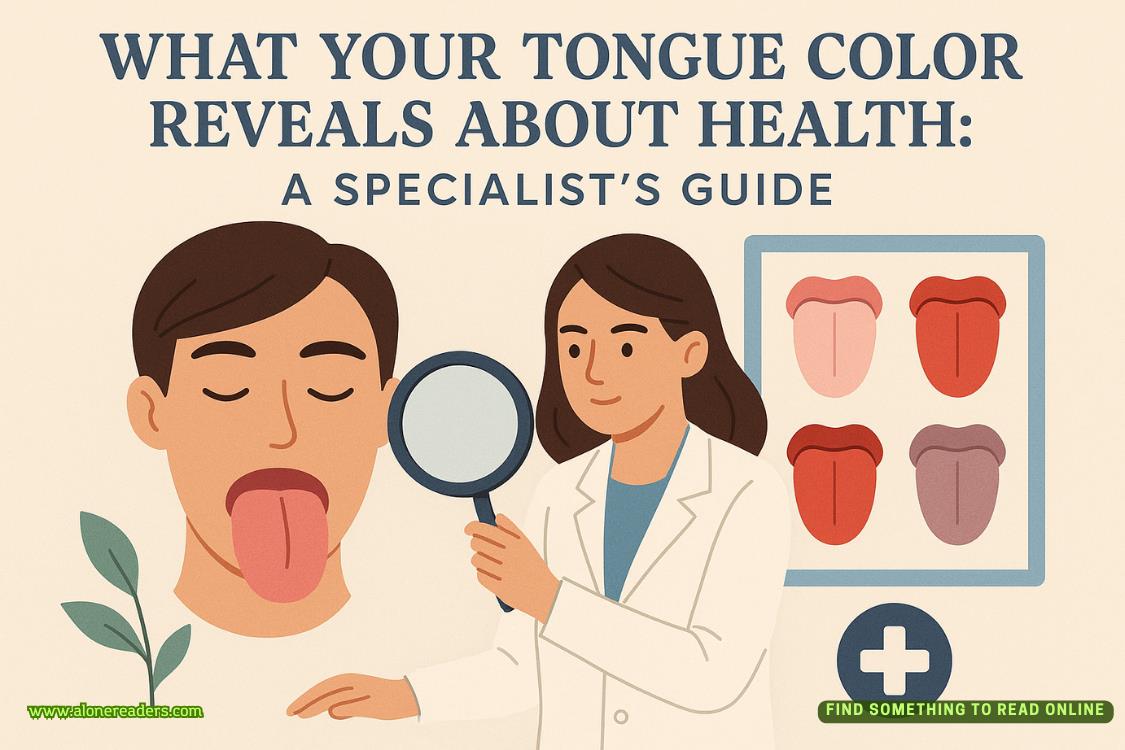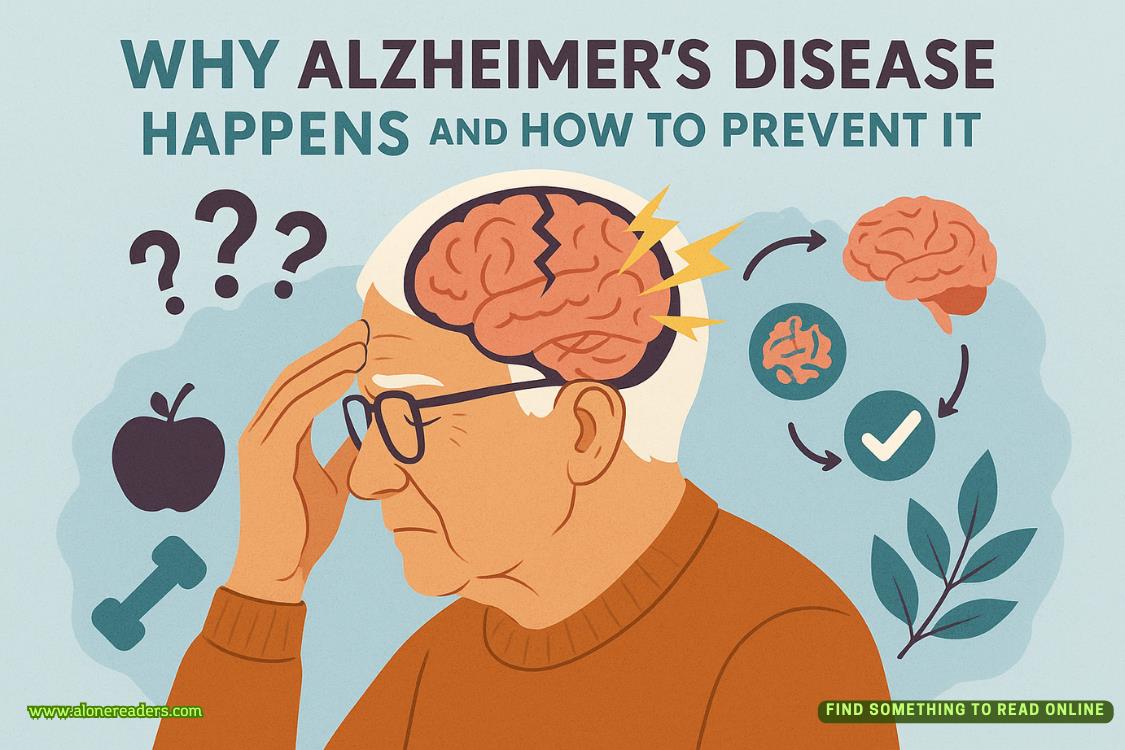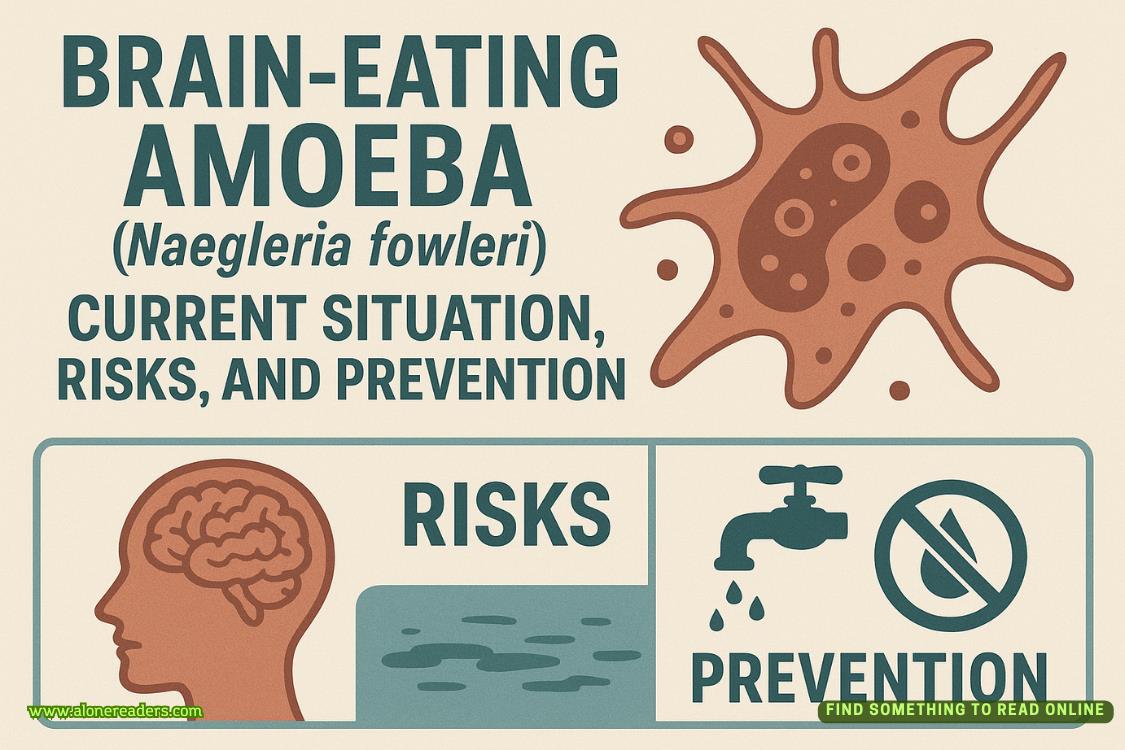Page 46 of Cold as Hell
I report that on the recording. Then I say, “I will turn the subject over in a moment, but I did get a good look at her back before she was set down, and I saw no sign of injury or blood there. Nor is there any on her front, other than the scavenger damage. No stab wounds. No bullet holes.” I stop and curse under my breath.
Be more careful. Do not jump to conclusions. There could be bullet holes or even thin stab wounds in one part of her body.
Using the probe, I examine those wolverine bite marks. If she’s been stabbed or shot in the stomach, the bites would hide it. While the tender belly is an obvious place for a scavenger to start feeding, blood could also have drawn it there.
I pull apart the wounds and shine a light in. The wolverine had bit her after she’d been frozen and her blood had settled into her back. There was no bleeding.
I resume the recording.
“I’ll need April to make a closer examination, but I see no sign that any of these bite wounds cover a deeper injury. Even if the deceased had been fatally wounded in the stomach, the location of the bites would have meant a slow and painful death, and she was found lying on her back with her limbs slightly spread, abdomen exposed.”
I move up to her head and run the probe through her hair. “No obvious contusions on the scalp, nor any blood in the hair, though again, April will need to confirm. Poison is another possibility, but again, I see no signs of it in her posture.” I check her mouth. “Nor any signs on her lips or mouth. There are no ligature or other marks on her throat. Her eyes are open and display none of the hemorrhaging I’d expect to see with strangulation.”
I move back on my heels and run my gaze up and down Lynn’s body. “There’s the possibility of a pinprick injection. We’ll need to run a tox screen for both poison and drugs—if this is the person who attacked Kendra, he likely drugged Lynn. At this moment, though, I don’t see any indication of how she died. The obvious answer would be hypothermia, but she isn’t going to remove her own clothing in a…”
I slow, something nudging at me. When Dalton clears his throat, I turn to see him holding out the hot chocolate, but his expression says that’s not the cause of his polite interruption.
“She might have removed her own clothing,” he says.
I stare at him. Then that nudge cracks open a box in my memory. “Paradoxical undressing,” I whisper as I wince. “Of course.”
A few years ago, Dalton and I had read an article on two strange things that can occur in extreme hypothermia. One is “terminal burrowing,” where someone about to die from the cold finds a small spot to curl up in, even digging into the earth. It’s something animals do in extreme cold, the tight quarters helping to produce body heat, and it could be our brain-stem instinct overriding everything else in our final moments.
Before that, an even stranger phenomenon has been observed. Victims of hypothermia have been found naked—or in states of partial undress—as if they threw off their clothingwhilefreezing to death.
That does indeed seem paradoxical, until you look at what happens during hypothermia. When I started losing heat from my extremities, my body would have induced vasoconstriction—the blood vessels reflexively constricting to stop the heat loss. Vasoconstriction consumes a lot of energy, though, and at some point, the body gives up. Blood rushes to the extremities, and it feels like a hot flash. Anyone in their right mind would know better than to strip when they’re freezing to death, but by that point, the victimisn’tin their right mind. They take off their clothing, and they never regain the mental capacity to put it back on.
So what happens when a hypothermia victim is found naked? Or wedged into a tight space? It doesn’t look like death from exposure.
It looks like murder.
I push up to sit on a kitchen chair and drink my hot chocolate. Dalton refills it, and I’m still sitting there, staring down at Lynn.
“Hypothermia,” I say.
He doesn’t answer. It’s the obvious solution.
Do I want Lynn to have been murdered? Of course not. That would mean a killer in our midst, and a murder to solve when I am in no shape to solve it.
So why am I not dissolving in a puddle of relief? Because this feels like negligence. A resident disappeared during a storm, and we didn’t even know she was gone, and she died barely a hundred feet from town.
Exhaustion sweeps over me, the exhaustion of feeling as if we’re constantly running uphill. We built this town confident in the fact that we could do better. We saw all the issues with Rockton and vowed to fix them. Yet every time something goes wrong, we realize we failed to fix something else.
We’re supposed to be doing better.
Better means that we make damn sure everyone is safe when a storm hits.
“They aren’t sheep,” Dalton says as he pulls another chair over beside me. “I know it can feel that way. They’re the sheep, and we’re the shepherds, here to keep them safe, but they’re grown-ass adults.”
He’s right, of course. He’s been wrestling with this from his earliest days as sheriff in Rockton. At what point do we need to stop herding and say “they’re grown-ass adults”?
I’m not saying it was up to Lynn to stay safe in a blizzard. But itwasup to her damned husband to tell us when she didn’t come home during one.
A buddy system is a good idea, and we will institute it for all emergency situations. But even that wouldn’t have saved Lynn. Her buddy would have been Grant, who wouldn’t have behaved any differently.
I stare down at Lynn.
We may not have failed her, but we’ll still feel as if we did.















